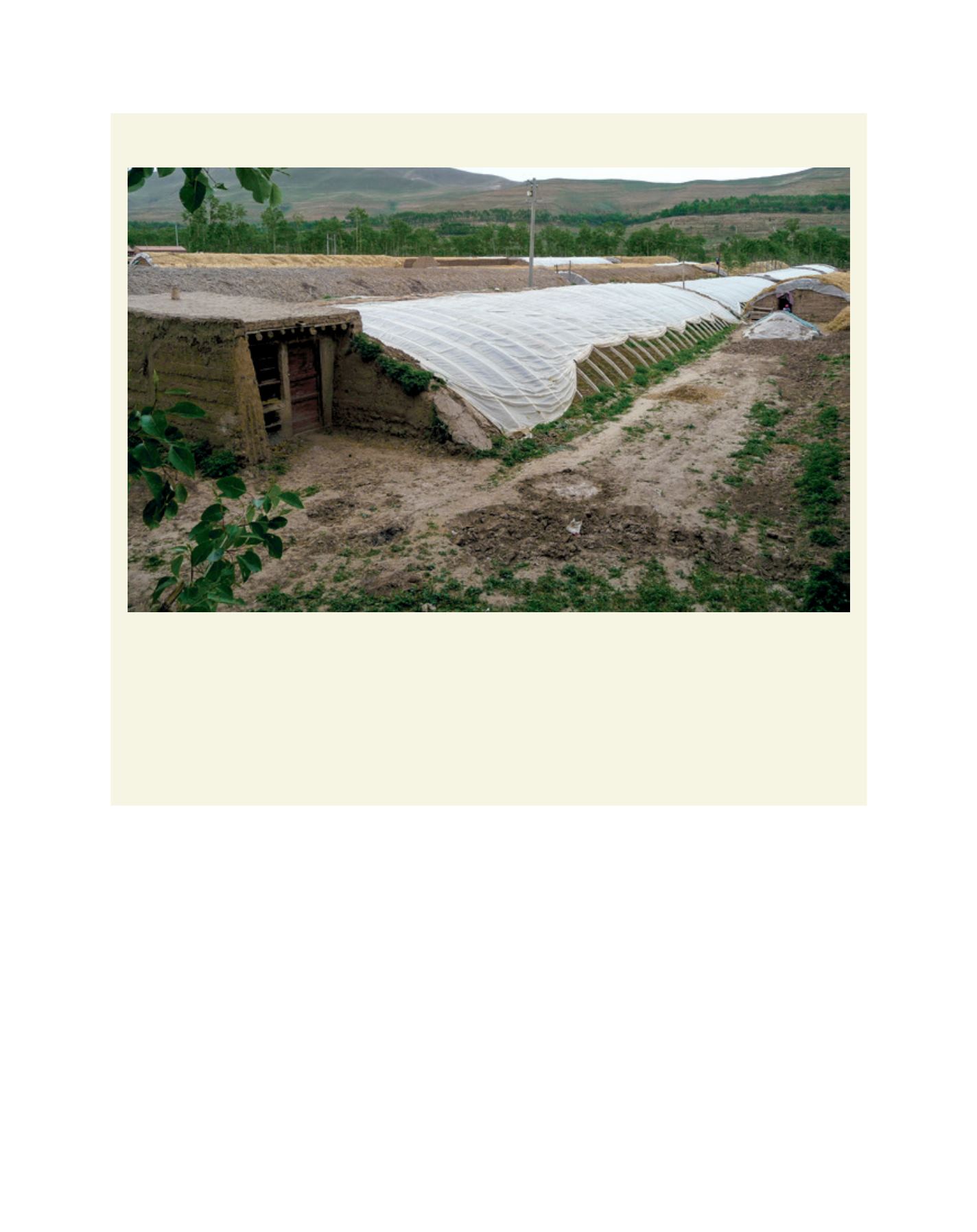

[
] 26
investment and capacity development projects, with cofinanc-
ing by ADB, GEF, the International Fund for Agricultural
Development and the World Bank. The IEM approach provided
new ways to plan and manage dryland natural resources by
combining knowledge and experiences from diverse disciplines.
The PRC’s adoption of the IEM concept was unprecedented.
It was the first time that the Government had established such
a high-level, cross-sectoral, national and provincial institutional
coordination mechanism for natural resources management.
It allowed a wide array of national, provincial and local insti-
tutions and agencies (such as those operating in the areas of
agricultural and rural development; land, forestry and water
management; environmental protection; finance and planning)
to work together on building the foundations to combat land
degradation. This included the introduction of new policy, legal
and institutional concepts and frameworks, the development
of provincial strategies, implementation of pilot projects, and
sharing of information.
3
All along, the PRC sought to learn
from countries that have wrestled with similar problems.
In the initial stages of its work, the partnership placed heavy
emphasis on critical groundwork. It developed and disseminated
the policy, legal, institutional and technical concepts and frame-
works of IEM through the central and provincial government
agencies involved in dryland activities. This effort included the
building of knowledge, skills, laws and regulations, policies and
legislation, organizational and institutional abilities, and the
communications and relationships necessary to put IEM into
practice in the six hardest-hit dryland jurisdictions. The work
of six legal teams added substantially to PRC’s knowledge base
on the subject.
4
New local laws were put on the books, includ-
ing, for example, the Xinjiang Uygur Autonomous Regional Wild
Plants Conservation by-laws, the Forest Resources Management
and Protection Regulation in Beijing, and the Regulation for
Implementation of Law on Combating Desertification in Gansu.
Pilot projects: alternative agricultural solutions
In Guohan County, Inner Mongolia autonomous region, subsistence farming
livelihood and access to land and water resources were adversely affected
by the arrival of environmental refugees from a village whose dryland
ecosystem had been destroyed. With the partnership support, villagers built
greenhouses to grow higher value cash crops. As a result, their incomes rose.
Growing industry in nearby Wuhai City had depleted local groundwater
resources. To save water, farmers adopted a drip irrigation system,
which increased water efficiency by 40 per cent and helped control
pests and diseases. Twelve sites tested drip irrigation, canal repairs or
rainwater collection to conserve water.
In Qinghai province, villagers in Huangyuan County undertook
greenhouse and mushroom farm trials and increased their annual
incomes. With more than 500 greenhouses on pilot sites, farmers are
now ready to set up a cooperative to sell directly to the
provincial capital.
Minhe County, in Qinghai province, was among several sites that
introduced courtyard vegetable gardens, thereby adopting a traditional
architectural feature that has been rarely used for vegetables. The
gardens have improved household nutrition, reduced expenses, and
led to small-scale experimentation with new crops.
Greenhouses in Qinhai province
Image: Frank Radstake
L
iving
L
and
















